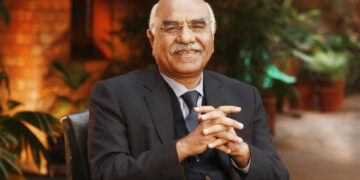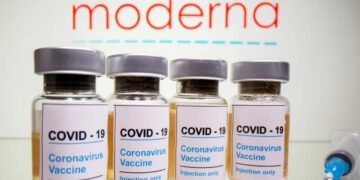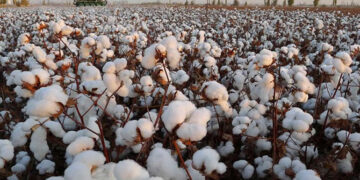 The world’s largest charitable foundation announced five years ago it would spend millions of dollars to fight poverty and hunger in Africa, largely by investing in agriculture.To date, the Bill & Melinda Gates Foundation has committed $1.7 billion, but its leaders say it could take 20 years to see the results of that work.The foundation has focused on ways to bring to Africa the green revolution that swept Latin America and Asia in the mid-1900s, boosting productivity in those regions. Its hope has been that helping small farmers grow more would allow them to sell their surplus, boosting their income and putting more food in hungry mouths.Some people have been helped, and the foundation expects more will be in years to come, but agricultural development happens slowly, said Roy Steiner, the foundation’s deputy director of global development.
The world’s largest charitable foundation announced five years ago it would spend millions of dollars to fight poverty and hunger in Africa, largely by investing in agriculture.To date, the Bill & Melinda Gates Foundation has committed $1.7 billion, but its leaders say it could take 20 years to see the results of that work.The foundation has focused on ways to bring to Africa the green revolution that swept Latin America and Asia in the mid-1900s, boosting productivity in those regions. Its hope has been that helping small farmers grow more would allow them to sell their surplus, boosting their income and putting more food in hungry mouths.Some people have been helped, and the foundation expects more will be in years to come, but agricultural development happens slowly, said Roy Steiner, the foundation’s deputy director of global development.
As an example, he said some Kenyan farmers will receive seeds for drought-tolerant maize this year. They’ll try them out, see the results and decide whether to adopt them more enthusiastically next year. A year after that, increased production could give them more money to buy food for their families or fertilizer to improve their other crops.“It takes years and years to shift the system,” Steiner said.A more immediate impact might be made by buying and giving away food, and the Gates Foundation has done this indirectly with grants to groups such as Oxfam and CARE. But Steiner said the foundation doesn’t see this as a long-term solution.“Giving food to people is certainly necessary when there’s a crisis,” he said. “But these people don’t want to be depending on outside charity. And, frankly, who is going to pay for all of that food being given?”
The foundation, he said, aims to prevent crises by strengthening agriculture systems.It’s an approach anti-hunger organizations such as CARE and the United Nation’s World Food Programme also are taking. One-fifth or less of CARE’s budget now goes to the kind of direct food aid the nonprofit was created to provide 65 years ago. The rest is focused on agriculture development work similar to what the Gates Foundation is doing.“This move from more of a charity approach to more of a capacity building and empowerment approach is something most of the major relief and development organisations have gone through,” said Kevin Henry, who directs CARE’s work in agriculture, economic development and climate change.Gates Foundation believes it can move more than 150 million in Africa out of extreme poverty by 2025 by improving agriculture. To that end, it has invested millions in seed research, buying and distributing fertiliser, improving farmers’ education and access to markets and political advocacy to get governments to spend more money on agriculture and to improve policies ranging from trade to land ownership.
Much of the work has been done through the Alliance for a Green Revolution in Africa, which is run by Africans with heavy support from the foundation. AGRA has used Gates money to support plant breeding programs at nine African universities, help seed companies increase their production, set up soil mapping programs and provide credit to help seed, fertilizer and equipment suppliers expand, among other things.Another big chunk of Gates Foundation money, $66 million, has been promised to the World Food Programme to help improve African farmers’ access to markets. The idea is the World Food Program saves money by buying locally, while its purchases put money in farmers’ pockets. Thus far, the program has spent about $30 million with small farmers and small- and medium-sized traders.The head of the foundation’s agriculture department, Sam Dryden, also is pushing it to help increase African farmers’ opportunities to sell their products beyond their own communities. The foundation has invested millions in helping cocoa, cashew and coffee farmers reach the quality and quantities they need to sell to overseas markets. – Khaleejnews












